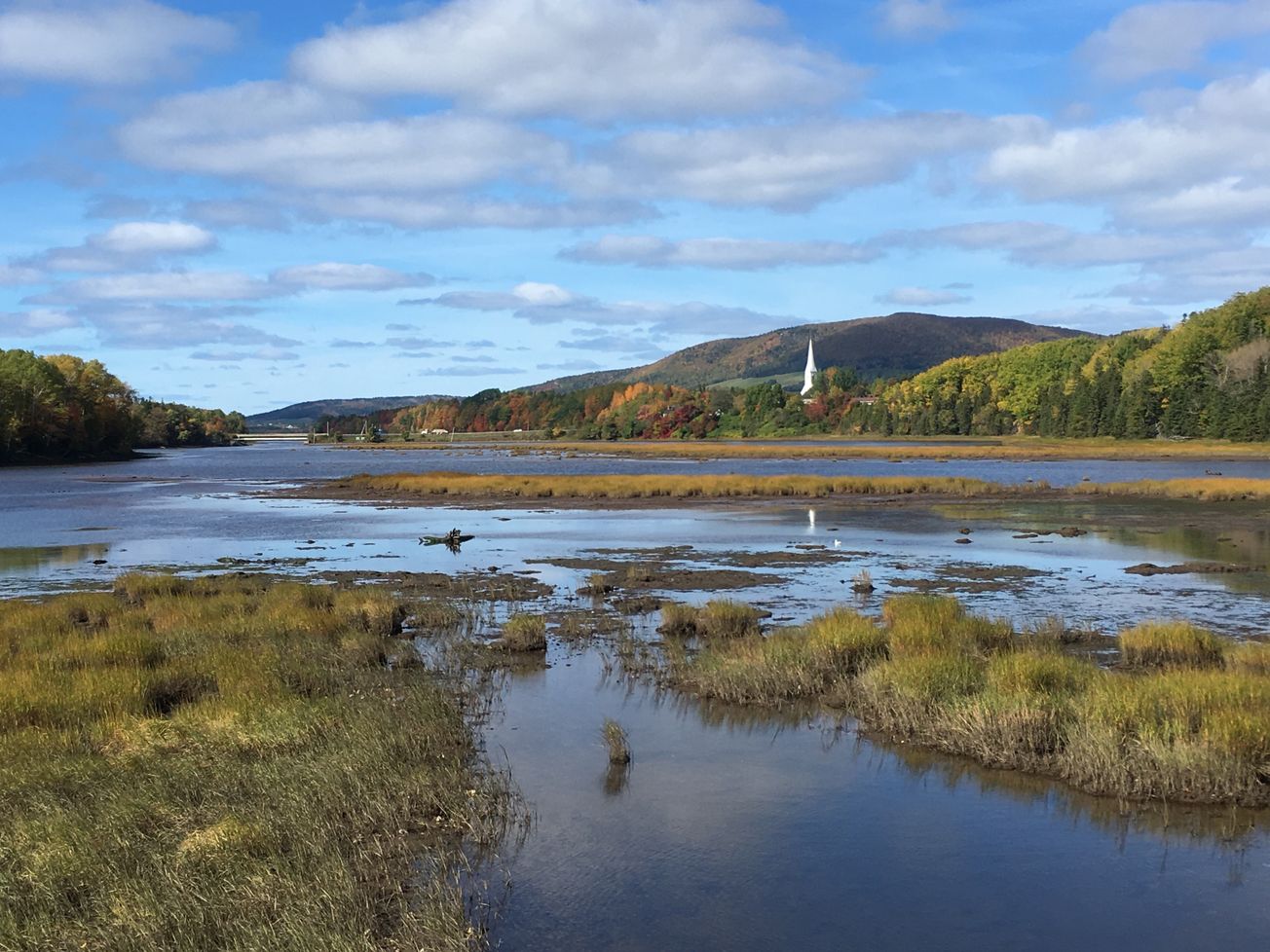By Xander Brett, Travel Editor
The Croft Magazine // A literary journey north, beside long sandy beaches lined with flags.
I was 18 when I landed in North America. But, like everyone else, I’d grown up seeing the United States dictate life daily: in films and on television, in music and on the news. As I flew down to Sewanee, Tennessee, I turned on Supertramp’s Breakfast in America… the sound of my excitement to finally touch, feel and smell the country in the flesh. Stepping off the jumbo down south, I drank milkshakes and ate comfort food at 3am by a jukebox off the highway. Then it was up to Washington DC, touring the Capitol and, outside the White House, being moved aside as President Trump took a walk to the Eisenhower office block. Then, from the majestic swamp (I’m a sucker for a monumental, symbolic capital), it was up to the bright lights of New York City.
Here I was treated, perhaps for my accent, like a prince. I was given the run of an apartment off 5th Avenue and driven to recordings for Late Night with Seth Meyers before, after a few days – real-life already merging with movie – it was up to Boston on the underused Amtrak, attending a baseball game, walking the ‘Freedom Trail’ and uncovering the extraordinary waste of tea back in 1773.

Boston is centred around Harvard University, and it’s where Sylvia Plath came of age (though it was in London she finally shoved her head in the stove). Further north is the land of Elizabeth Bishop, whose poem The Moose captures the cosiness of long-distance overnight travel, wrapped alone in the snug warmth of a bus driving past ‘clapboard farmhouses and neat, clapboard churches’.
Up and over the border in Canada, after a weekend skiing and day trips to Ottawa and Quebec City, I ventured east to New Brunswick and Nova Scotia (where I hitchhiked around Cape Breton, went to a ceilidh and had a close encounter with a coyote), and north to Newfoundland (closer, apparently, to Dublin than Vancouver). These poets speak of the pan North American identity, and its artists, too, recognise that, though one nation is a monarchy and one a republic, they share a common culture. Below the 49th Parallel, it’s the artists Edward Hopper and Norman Rockwell who depict the pristine pasture, above it’s ‘The Group of Seven’.

Staring over the Atlantic, at North America’s most easterly point, almost (well, culturally at least) in Scotland and Ireland, I was certainly aware that I stood at the edge of a vast continent. It’s often said that if America had been settled west to east, New England would still be uninhabited. With its lush maples and rolling hills, that’s hard to imagine today. It’s something I’ve spent the last few weeks considering, rewatching Alistair Cooke’s marvellous history of America, and reading almost twenty books on American art and diners, in preparation for my dissertation. It rekindled my fascination with the land of the ‘long tides’.
For the Eastern Seaboard is the home of American art, the diner, and, consequently, the American spirit. On the long shores of Long Island, Gatsby gazes longingly to the green light at the tip of Daisy’s pier. He tells of America before The Fall: a restart that led to the ‘New Deal’, allowing the state to create a society that could embrace cut-throat capitalism and create the modern image of the United States. We in Britain are all too aware that this colourful culture – and its undeniable superiority – sits alongside an often-terrible reality. It’s why the world’s superpower is to me, as to many, a nation that at once enthrals and appals.
Featured Image: Epigram / Xander Brett









